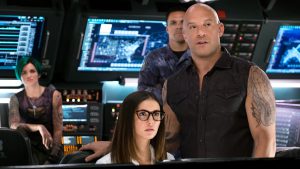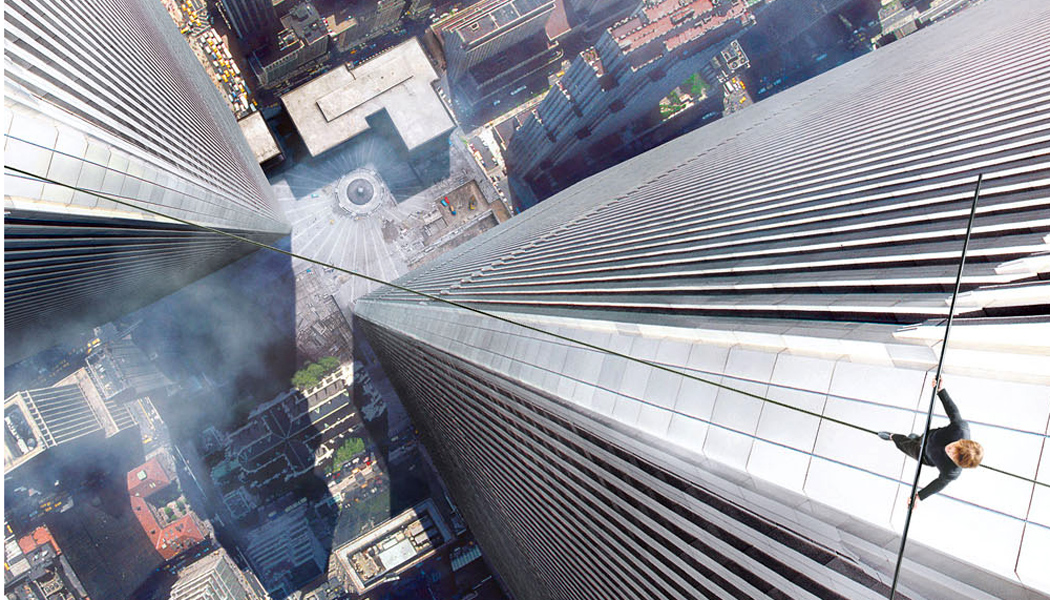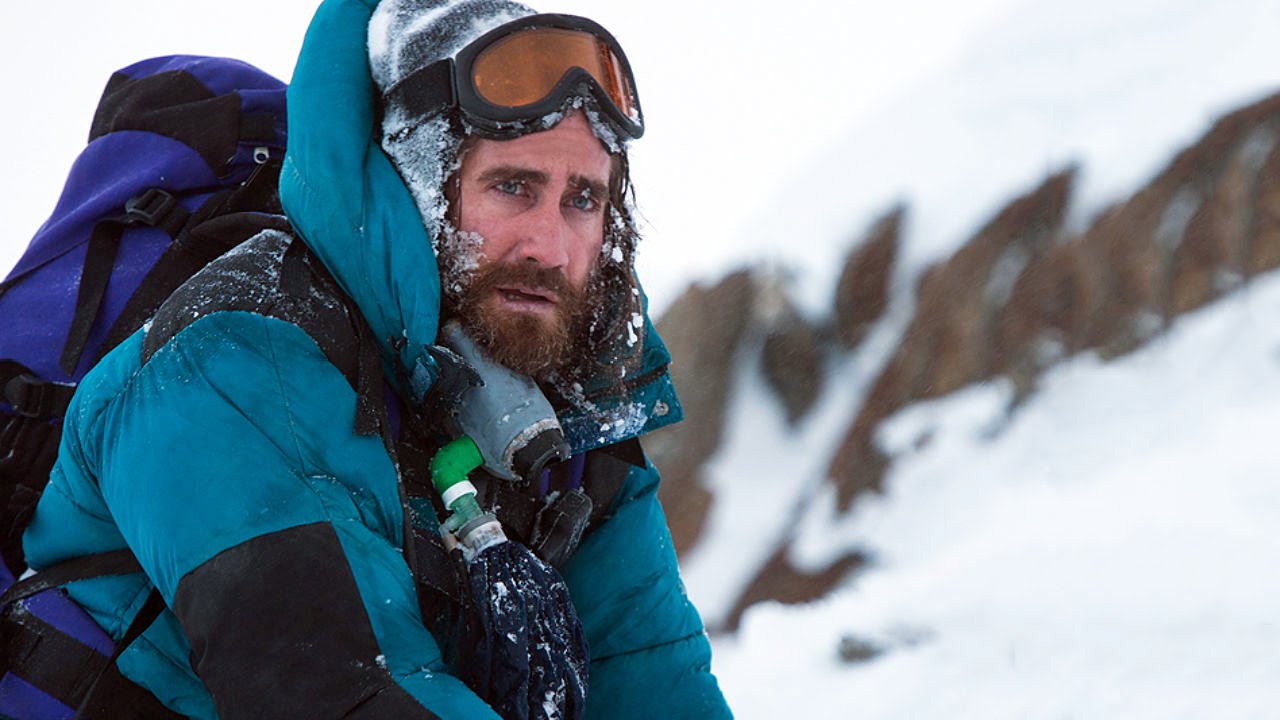xXx: The Return of Xander Cage
Posted on January 19, 2017 at 5:28 pm

This ridiculous but ridiculously entertaining third chapter in the “XXX” action series is basically script by Mad Libs: Let’s have Vin Diesel in a . Which is how we get a motorcycle race over water and a ski jump into jungle. Plus a shoot-out in zero gravity. And why not. Sick of winter? Tired of the news? Here is a summer movie in January, with chases and explosions for days, badassery of all kinds, and many thousand yard stares, all presented for your delectation in gorgeous IMAX 3D.
So, to recap. In the first XXX movie, released in 2002, extreme sports and extreme tattoo anti-hero and adrenaline junkie Xander Cage (Vin Diesel) was recruited by federal agent Augustus Gibbons (Samuel L. Jackson) to do some tasks that normal military and government operatives were not cool and crazy enough to do. Chapter 2, “XXX: State of the Union” (2005) had Ice Cube stepping in for the reportedly deceased Cage. Twelve years later, it turns out that Xander Cage was just too cool to kill. He’s been enjoying life with crazy stunts and beautiful ladies. But tracks him down because has to be taken away from , and so once again his special skills are needed.
That special ops boss is Marke, played by Toni Collette as though she is doing a bad drag queen impression of herself, as opposed to the good drag queen impression she did in “Connie and Carla.” She helpfully provides X with a team of military tough guys. He dispatches them quickly by throwing them off a plane and rounds up his own Benneton ad of a team, a motley crew of wisecracking with and no fear: “the bad, the extreme, the completely insane,” we are reminded, as though that isn’t the very reason we are there. The movie helpfully skips over exposition that might get in the way of chases, explosions, shoot-outs, fight scenes, and quippy threats and bragging by providing helpful title cards for each character outlining, like Power Point on crack, their most significant achievements, characteristics, and useful other information like their go-to karaoke song or the fact that one of them, meeting with Samuel L. Jackson, thinks he is being recruited for the Avengers.
Everyone loves to run, jump, shoot, and fight except for Nina Dobrev as the Velma of this Scooby-Doo crowd, with oversize glasses, super-duper tech ability, and an inability to stop talking around X. She babbles anything that comes into her mind, explaining so thoroughly (in the world of this movie, more than six words in a row is a monologue) that she is not a field agent that we know eventually she will have to shoot a gun at someone, and adding, as she swoons over X’s muscles, “It’s not that I have a safe word or anything; it’s kumquat.”
X-Men style, this Island of Lost Toys bunch of misfits keeps shifting loyalties, so, gets to fight and fight alongside , too. It’s all delightfully preposterous but crazy fun and .
Parents should know that this film includes constant action-style peril and violence, chases, explosions, assault weapons, knives, terrorism, sexual innuendo and non-explicit situation, and some strong language.
Family discussion: Do you agree with Xander’s comment about rebels and tyrants? How do the characters decide when to be loyal and who to be loyal to?
If you like this, try: the earlier “xXx” movies and the “Transporter” and “Fast and Furious” series








